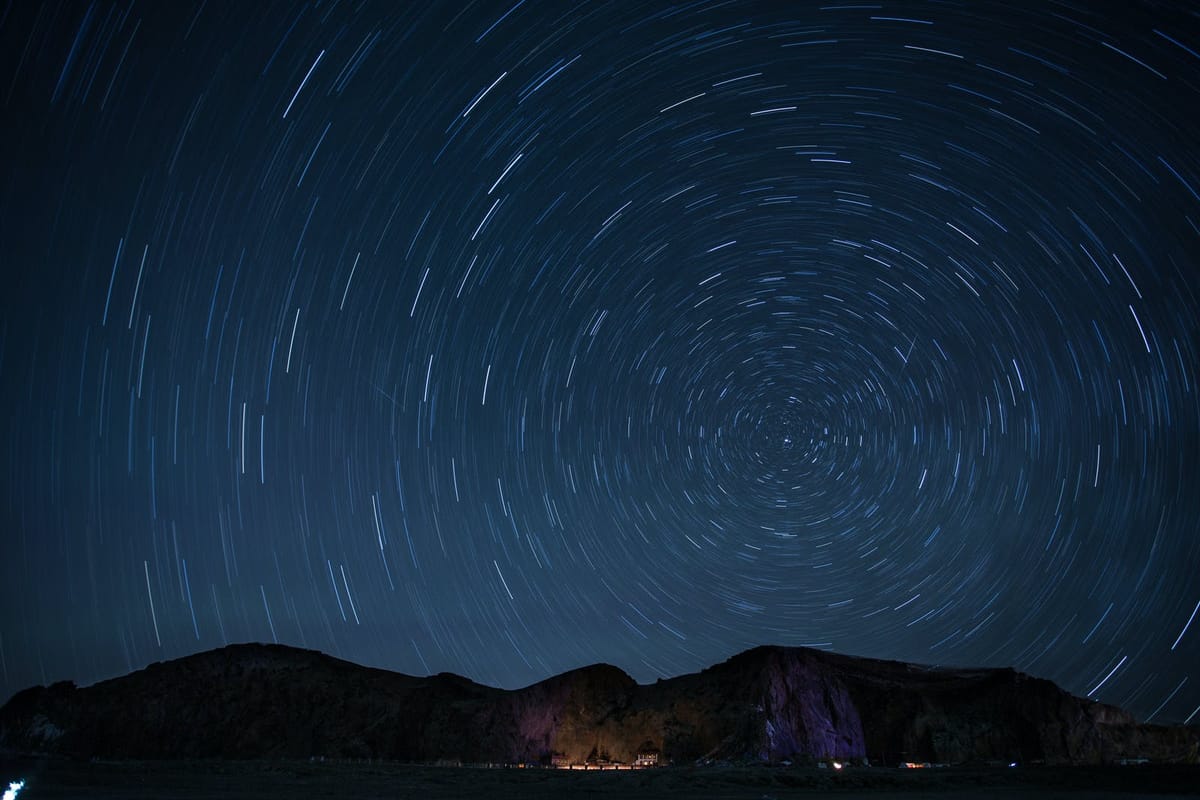Space experts get world’s first glimpse back to potentially what happened billions of years ago after runaway black hole sparks baby stars (By Denis, 13)

By Denis, 13, Jill Dando News @ Worle Community School Academy
Astronomers were left stunned after the Hubble Space Telescope accidentally filmed an off-the-scale gigantic black hole speeding through the universe at an eye-popping speeds.
They saw the triggering of new star formation in a nearby dwarf galaxy.
This incredible event has offered experts a glimpse into what might have happened billions of years ago.
It is the latest good news story that we have seen, not just in our living planet, but beyond in outer space.
Gardening guru Alan Titchmarsh recently urged our Jill Dando News reporters to get out to the big wide world to nature where there are zillions of good news stories.
SEE ALAN TITCHMARSH VIDEO HERE: https://goodnewspost.co.uk/sir-richard-branson-sir-cliff-richard-nick-ross-and-fiona-bruce-lead-tributes-to-absolutely-brilliant-jill-dando-news-on-the-anniversary-of-the-bbc-presenters-death/
But this latest good news story takes it all a step further.
Black hole-driven star formation was previously seen in large galaxies, but the evidence for such activity in dwarf galaxies was scarce. These so-called ‘Dwarf galaxies’ are roughly analogous to what newborn galaxies may have looked like soon after the dawn of the universe.
The study’s lead author Zachary Schutte, an astrophysicist at Montana State University in Bozeman, told Space.com that the findings may offer "a glimpse of how young galaxies in the early universe formed a portion of their stars," In a new study, the scientists investigated the dwarf galaxy Henize 2-10, located about 34 million light-years from Earth in the southern constellation Pyxis.
MORE FROM JILL DANDO NEWS:https://goodnewspost.co.uk/sir-richard-branson-sir-cliff-richard-nick-ross-and-fiona-bruce-lead-tributes-to-absolutely-brilliant-jill-dando-news-on-the-anniversary-of-the-bbc-presenters-death/
Recent estimates suggest the dwarf galaxy has a mass about 10 billion times that of the sun. (In contrast, the Milky Way has a mass of about 1.5 trillion solar masses.)
The black hole is three times the diameter of our galaxy and would only take 14 minutes to reach the Moon.
However, the most remarkable discovery was the bright "contrail" of newborn stars behind it.
Scientists believe the rare phenomenon was a result of cosmic collisions involving two or three large black holes. Instead of swallowing stars ahead of it, the speeding black hole is triggering new star formation along a narrow corridor by ploughing into the gas in front of it.
This is a unique event that has never been observed before.
Further observations are planned with the James Webb Space Telescope, which is more sensitive than the Hubble, and the study has been published in Astrophysical Journal Letters.
For more stories from Jill Dando News click: http://www.goodnewspost.co.uk





